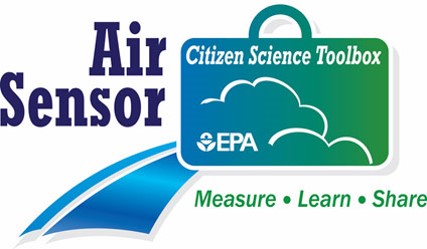Next-gen air sensors can provide a network of affordable, portable devices that relay data in real time. But the science and application of these sensors needs an equivalent human network.
We’ve found that the Environmental Protection Agency (EPA) has a played a significant role in convening the community.
A wide-ranging collaboration resulted in a park bench air monitor prototype, part of the Village Green Project. EPA has also held a workshop series that brings together diverse interests: engineers, air pollution exposure scientists, community groups, sensor developers, social scientists, teachers, and representatives from local, state, and federal governments.
Air is the universal medium for humans, and the quality – good and bad – affects everyone. These groups of people know the importance of breathing clean air, and they know that next-gen sensors mean an opportunity to involve many people in maintaining the good quality of that air.
EPA has empowered the public with information to make sense of their sensors. Our scientists have developed a sensor user guidebook, a citizen science toolbox, and instructions for building an air sensor for educational purposes.
- Neighborhood monitoring organizers could reference the user guidebook to learn about air quality concepts and how to collect useful data.
- Teachers could bring air quality science to their classrooms with hands-on activities such as building an air sensor.
- Citizen science groups could use the information in the toolbox as they gear up to track the health of the airborne environment in the same way they contribute to weather forecasting models or report how climate change affects the onset of seasons.
These kinds of materials serve as a bridge to translate cutting-edge science into something immediately relevant for many groups.
For any government agency, building this connection between the monoliths of bureaucratic acronyms and the communities where the work takes hold creates a crucial link between the government and the people it serves.
- What are your strategies for convening groups of people with diverse interests?
- How have you translated your work to resonate with the public?
- Are there overlooked topics in your organization that could be shared with the public?
Dustin Renwick works in conjunction with the Innovation Team in the U.S. Environmental Protection Agency’s Office of Research and Development. The opinions expressed here are the author’s and do not reflect EPA policy, endorsement, or action. EPA does not verify the accuracy or science contained here.
Dustin Renwick is part of the GovLoop Featured Blogger program, where we feature blog posts by government voices from all across the country (and world!). To see more Featured Blogger posts, click here.




Awesome example of citizen engagement. Thanks for sharing, Dustin!
Thanks for reading, Hannah! One of our researchers has another good example — here’s the archive of her September webinar on building air sensors for the classroom. http://learningcenter.nsta.org/products/symposia_seminars/EPA/webseminar1.aspx